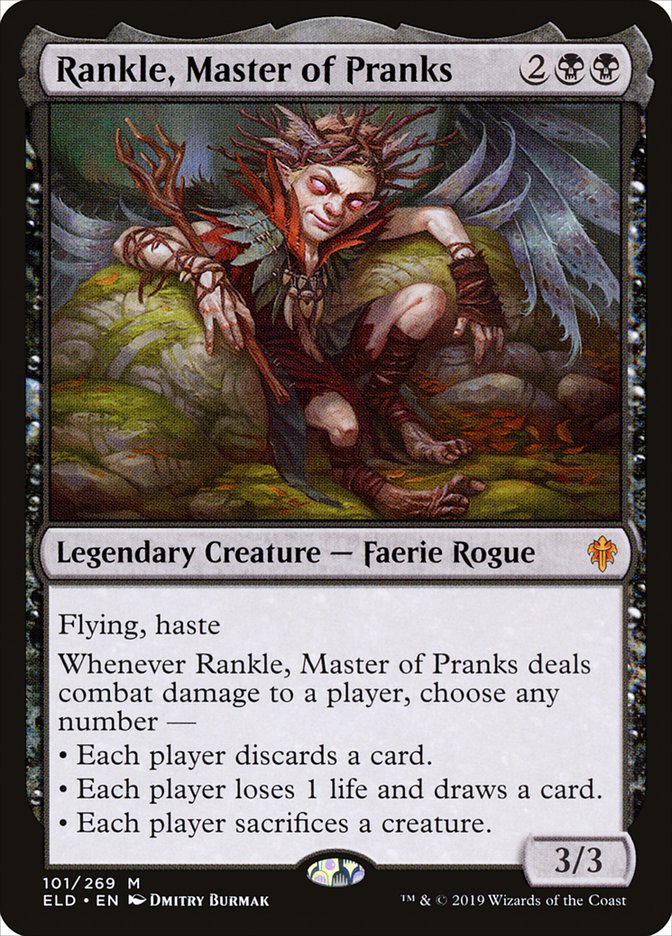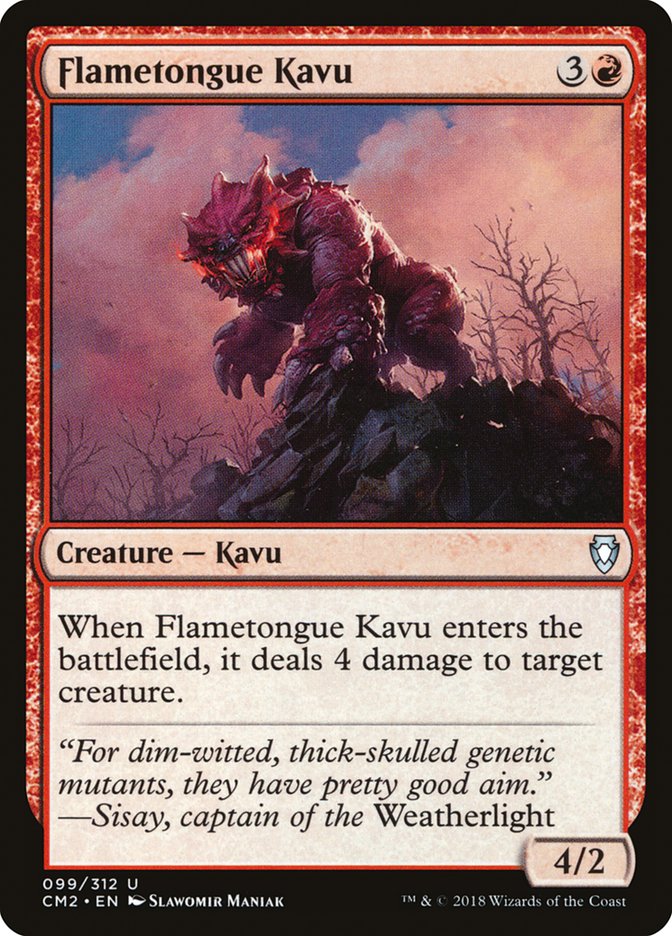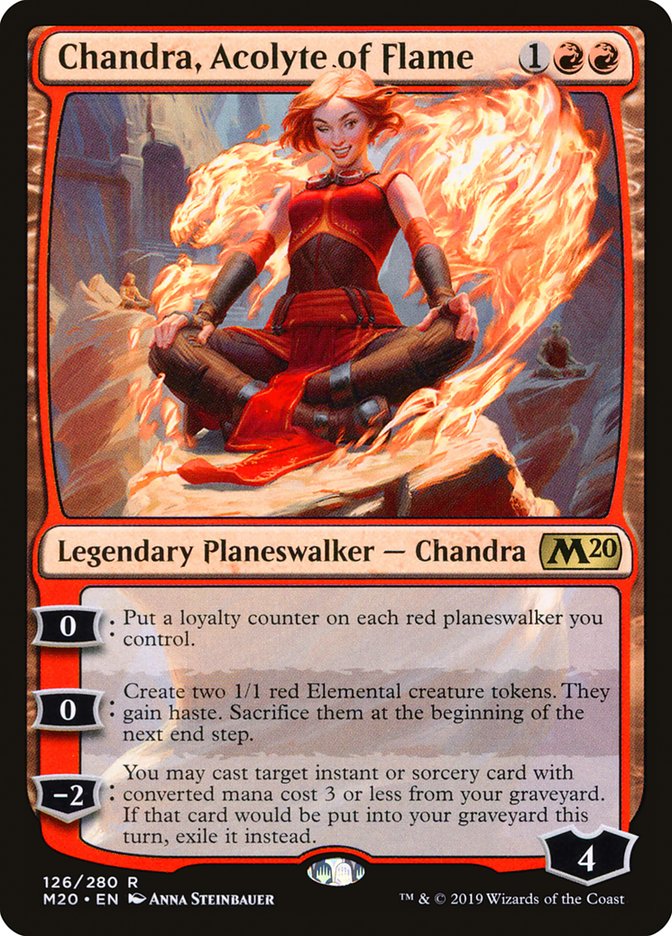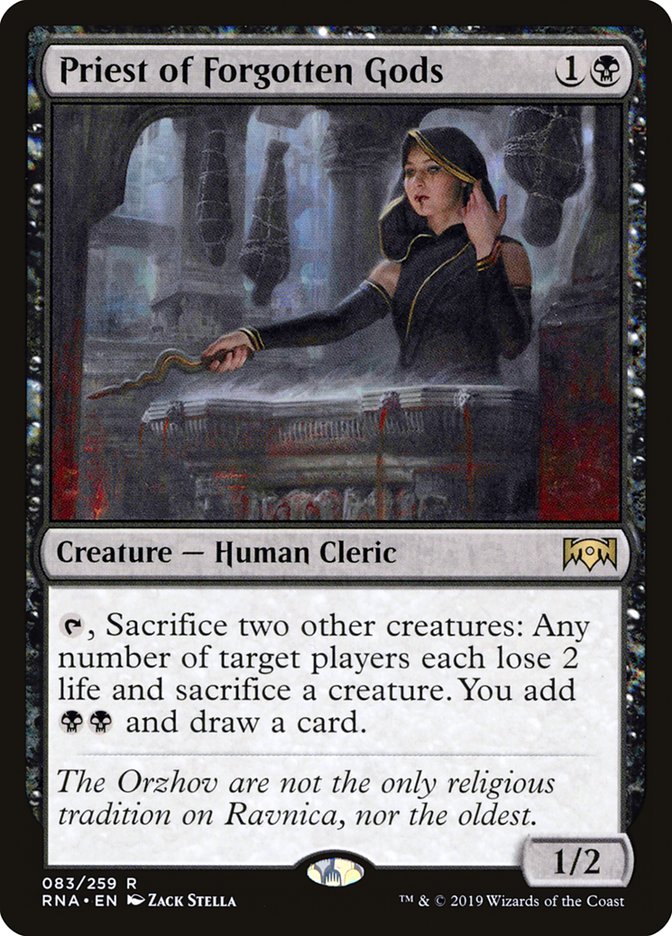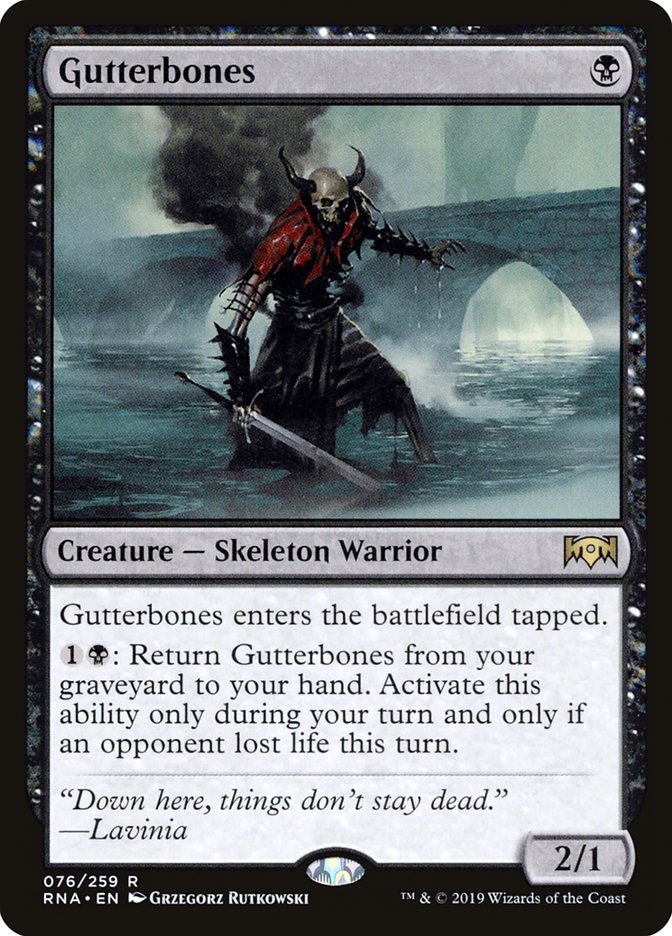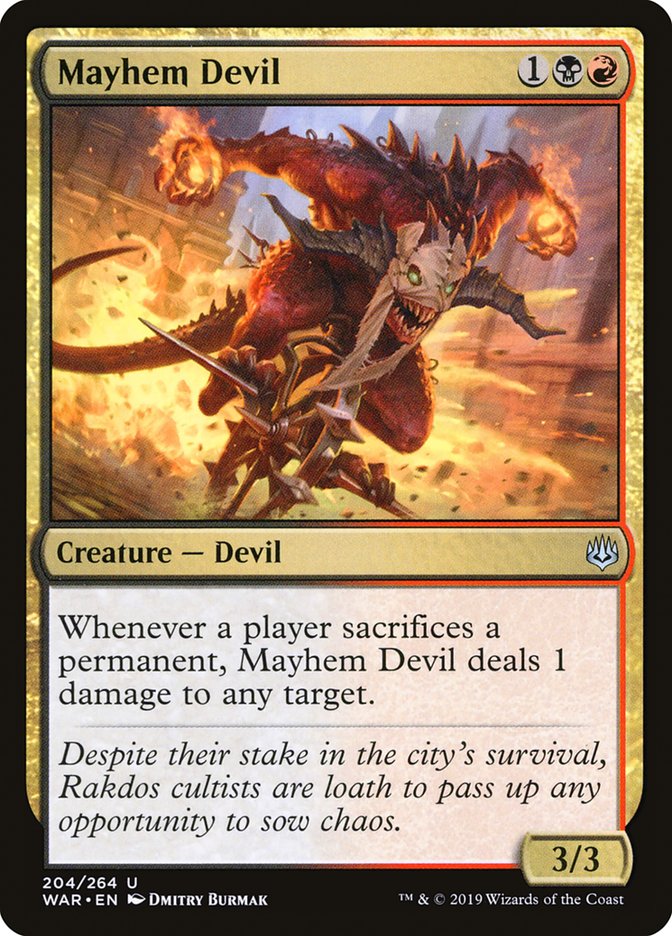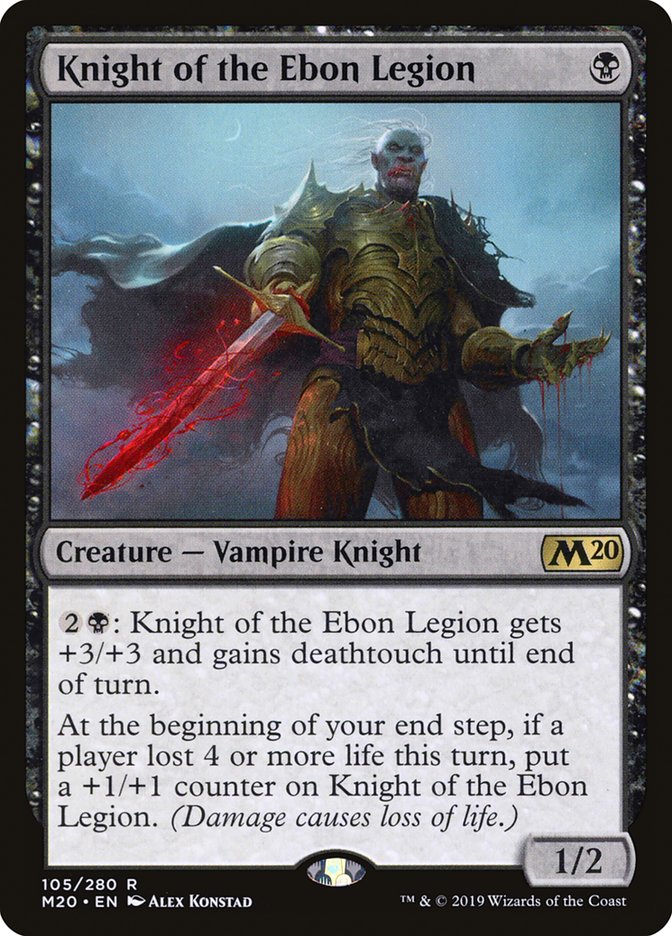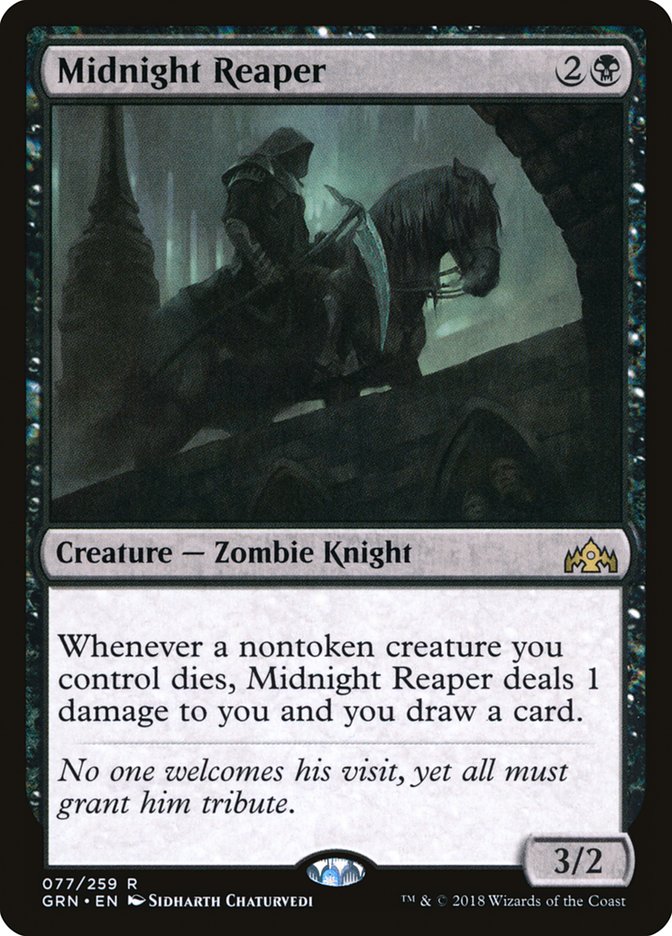Of all the cards previewed so far, the one that seems most appealing to me is Rankle, Master of Pranks.
There seems to be some confusion on how Rankle, Master of Pranks actually works, so before we start talking about it, let’s get that out of the way. Once Rankle hits your opponent, you choose to do zero, one, two, or all three of its effects. The effects always happen in the order stated on the card, so the discard always happens before the draw, which means if you have zero cards in hand you can choose to discard and draw and you’ll end up with one card, and the sacrifice is always last.
The reason I like Rankle so much is that it looks like a creature, but it’s actually a planeswalker in disguise. Rankle has three abilities and you get to use them every turn, starting from the turn it enters the battlefield; if it stays alive, you’ll gradually acquire enough incremental advantage to win the game. The abilities are symmetrical, but you get to choose which ones you use and in theory you built your deck to abuse them, so each time you connect with Rankle, you’ll be gaining an advantage. Unlike other planeswalkers, it does die to creature removal, but in return it gets to attack and block (plus you get to use all the abilities in one turn), which to me is a fair trade-off.
As a 3/3 flyer with haste, Rankle is already an interesting card. I wouldn’t just play a card with this statline, but it’s certainly intriguing enough that I’m willing to look at what else it does, especially since as a haste creature it passes the Teferi, Time Raveler test that’s sure to be even more important post-rotation. Once we realize we get what could be worth one or two planeswalker activations with every attack, you have my full attention.
Let’s take a look at Rankle’s abilities:
The first ability is very straightforward: each player discards a card. This is a strong ability in an aggressive deck that doesn’t need its excess lands, or a deck that’s looking to empty its hand anyway, or perhaps a deck with removal spells that might be dead against an opponent that plays control. I’d estimate that, if you’re playing Rankle in your deck, you’re going to want to use the discard ability over half the time it connects. It’s also important to note that Rankle is legendary, but, much like Liliana of the Veil, it doesn’t punish you as much for drawing multiple copies since you can discard excess ones to its own ability.
The second ability is the trickiest one, and the one that’s most dependent on the game state, as you could potentially give your opponent the resources they need to beat you. I believe that, as a general rule, if you’re the clear aggressor in a game, you want to be using this ability. First, the one point of damage is a strong incentive (which turns Rankle into a four-power haste attacker, not too shabby). Second, if you’re the aggressor, it’s likely you’re trying to kill them before they can get their good cards online, and in this case it’s okay to give them more good cards if it means you’re drawing spells that could just end the game. As an example, a deck like Burn in Modern would always choose to use this ability, since if you draw your burn spells it doesn’t matter what the opponent is doing. Obviously, no black deck in Standard is going to be an exact parallel to Burn in Modern, but it’s the same philosophy.
Depending on which deck they’re playing, it’s also possible that they’re drawing so many more cards than you that one extra card won’t make a difference to them but will to you. For example, imagine that, over the course of a game versus control, you’re going to draw twenty cards. Your opponent has Teferis and other sources of card advantage, so they’re going to draw 30 cards. If you use Rankle’s ability twice, that increases the number of cards you see by 10%, but you’re only increasing the number of cards they see by 6.6%, so the effect is more meaningful to you.
Another important thing to keep in mind when deciding to use the second ability is whether you’re winning or losing the game. The more ahead you are, the less you want to change the status quo, and having both players draw a card is an opportunity to change it. If your opponent is dead unless they topdeck a card or a sequence of cards, you shouldn’t be using the card draw mode on Rankle. Similarly, if they’re missing land drops, you probably don’t want to help your opponent hit them. If you’re the person in that situation, draw all the cards you can.
The third ability is the best one and the reason Rankle strikes me as a very powerful card. The worst-case scenario here is that you hit them for three and then sacrifice Rankle, so it becomes an Edict effect. The best-case scenario is that you have a recurring creature (for example a Gutterbones) and you kill a creature every turn, effectively locking many decks out of the game. The actual in-between scenario is that you’ll probably trade a bad creature for a better one while threatening to do it all next turn because, if that’s not the trade that’s happening, you just don’t use it. It’s going to be obvious when you should use it or not.
Historically speaking, there have been some cards that have warped a format so much that anything that matched up particularly badly against them was deemed unplayable. The classic example of this is the “Flametongue Kavu test,” where creatures that cost a lot and died to Flametongue Kavu just couldn’t be played. Since then, we’ve had several different Flametongue Kavu-like cards, the newest of them being Teferi, Time Raveler.
If Rankle sees heavy play, it has the potential to be an equally limiting factor to what types of creatures can even be played in Throne of Eldraine Standard. If you thought playing a four-drop and getting it bounced by Teferi, Time Raveler was demoralizing, just wait until they kill it with Rankle while sacrificing an irrelevant creature. It will probably not see as much play as these cards, because it requires context to break the symmetry (and the other two can just be put in any deck), but the effect will be similarly devastating when it happens.
So, where would I play Rankle, Master of Pranks? The first deck that comes to mind is a Rakdos Aristocrats build, but whether we can play it or not will depend on whether we get another Rakdos-aligned land in Throne of Eldraine. Assuming we get one, here is what I would try with the cards that have been previewed so far:
Creatures (28)
- 2 Rix Maadi Reveler
- 4 Spawn of Mayhem
- 4 Gutterbones
- 4 Priest of Forgotten Gods
- 4 Dreadhorde Butcher
- 2 Mayhem Devil
- 4 Knight of the Ebon Legion
- 4 Rankle, Master of Pranks
Planeswalkers (4)
Lands (20)
Spells (4)
Sideboard

I think this deck does a good job of abusing Rankle, Master of Pranks. It’s aggressive enough that the 3/3 flyer haste body does work, and it has a lot of disposable creatures. Chandra, Acolyte of Flame is an all-star in this deck, as the Elemental tokens it generates can be sacrificed to either Rankle or Priest of Forgotten Gods for value. Even pre-rotation, there are several decks that are just cold to a curve of Priest of Forgotten Gods into Chandra, Acolyte of Flame, and I expect this to continue being the case, except now you have more copies of your sacrifice effect.
One card whose absence might raise eyebrows is Judith, the Scourge Diva, but I think in this deck Mayhem Devil is likely a better choice, given that it works very well with tokens. If you activate Chandra, Judith will pump the Elementals, but the death trigger won’t happen, whereas with Mayhem Devil it will, as the tokens are sacrificed at the end of the turn. On top of that, Mayhem Devil triggers whenever a player sacrifices a permanent, not just you, which means it will trigger twice if you hit them with Rankle (unfortunately Scapeshift rotates out, so you’ll no longer get to hose that, but if you’re interested in playing a deck like this before the rotation, it’s an interesting side benefit). In this deck, the Devils and Shocks get rid of the small creatures, which clears the way for the Edict effects to kill the big ones.
You may have noticed the decklist was 56 cards. The four missing cards are reserved for a Rakdos land in Throne of Eldraine. If we do not get a Rakdos land, however, I don’t believe this deck can be played. The mana is already sketchy as it is with several black early-drops and a double-red card, and with only four Blood Crypts, that is just not enough to reliably get your colors. If there’s no new land, we need to look at either Mono-Black (perhaps with a light red splash), Orzhov, or Golgari (since Temple of Silence and Temple of Malady exist).
Golgari currently offers very little, but I think Orzhov has some appealing options, especially if we can incorporate the Knight cards that we’ve already seen from Throne of Eldraine. The Knights aren’t necessarily synergistic with the sacrifice effect from Rankle the way the red cards are, but this is still an aggressive deck that will have redundant bodies later on, so even though the card is not working on all cylinders, it still feels like you’ll break symmetry to your advantage more often than not. This is how I’d build it:
Creatures (30)
- 2 Midnight Reaper
- 4 Spawn of Mayhem
- 1 Seraph of the Scales
- 4 Gutterbones
- 4 Knight of the Ebon Legion
- 4 Rankle, Master of Pranks
- 4 Wintermoor Commander
- 3 Smitten Swordmaster
- 4 Order of Midnight
Planeswalkers (3)
Lands (24)
Spells (3)
- 3 Mortify

This deck has seventeen Knights, which should be enough to turn on Wintermoon Commander and the adventure side of Smitten Swordmaster. Sorin, Vengeful Bloodlord is also particularly interesting with Rankle, Master of Pranks, since you can immediately get it back and attack to get the effect again, and Midnight Reaper happens to be a Knight that works very well with sacrifice effects.
Right now, I am not sure how these decks should be built, as we’ve seen very little of Throne of Eldraine, but they look like interesting starting points to me, and I’ll certainly be trying to make this card work once the full set is previewed. There’s no way to know how things will turn out, but I hope Rankle, Master of Pranks hits the sweet spot where it’s strong enough to see play and build around, but not ubiquitous enough that we start talking about every creature needing to pass the Rankle test.


